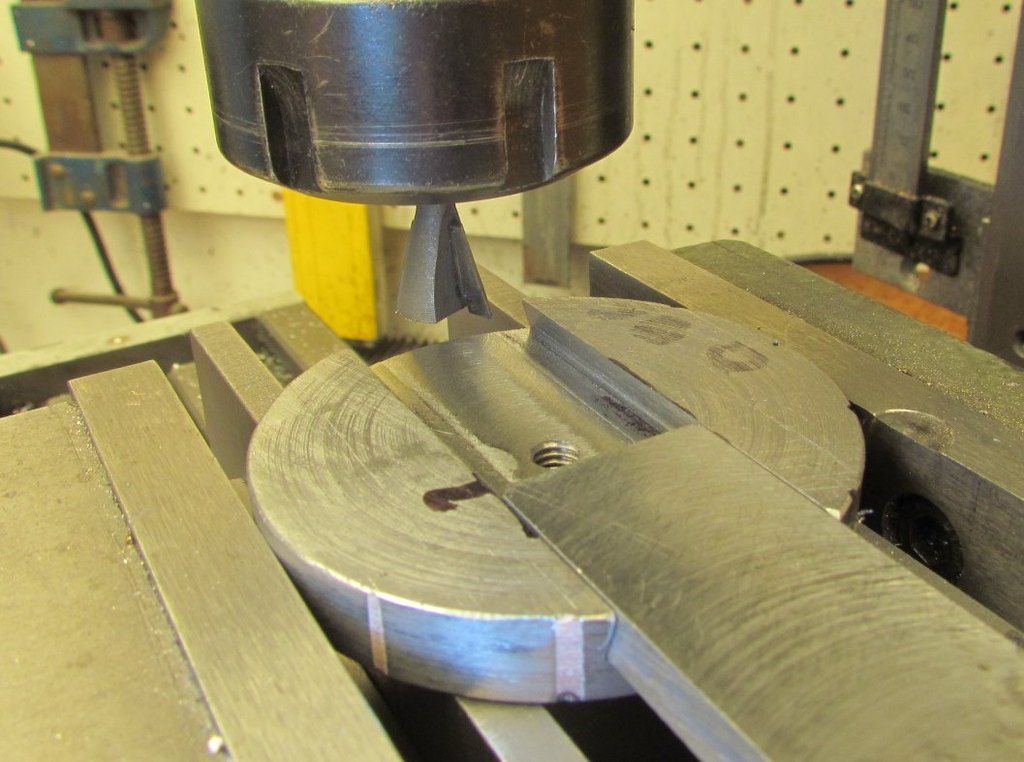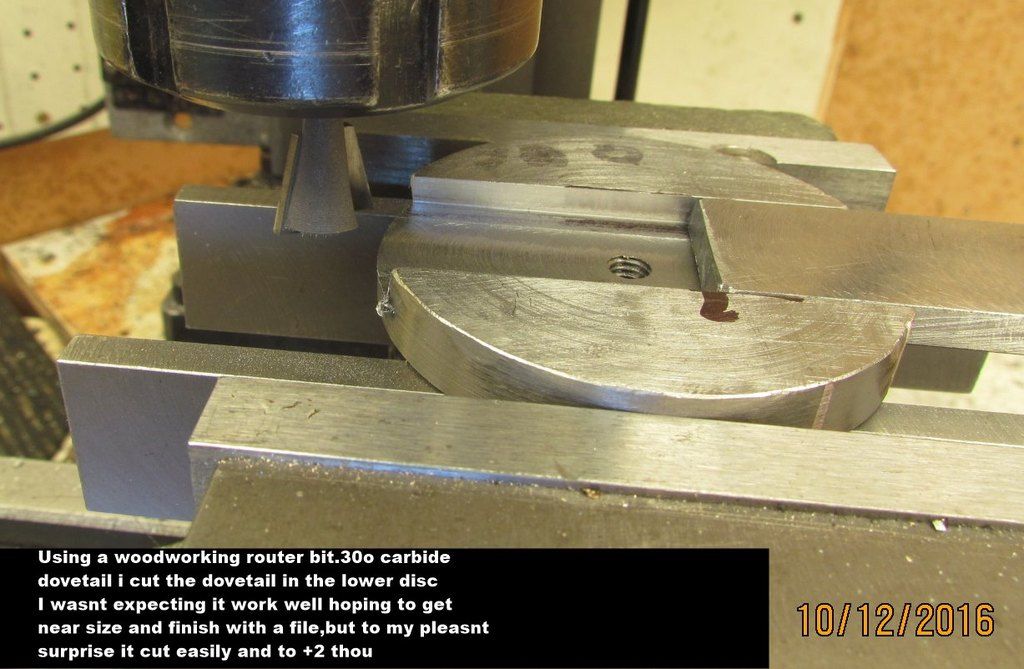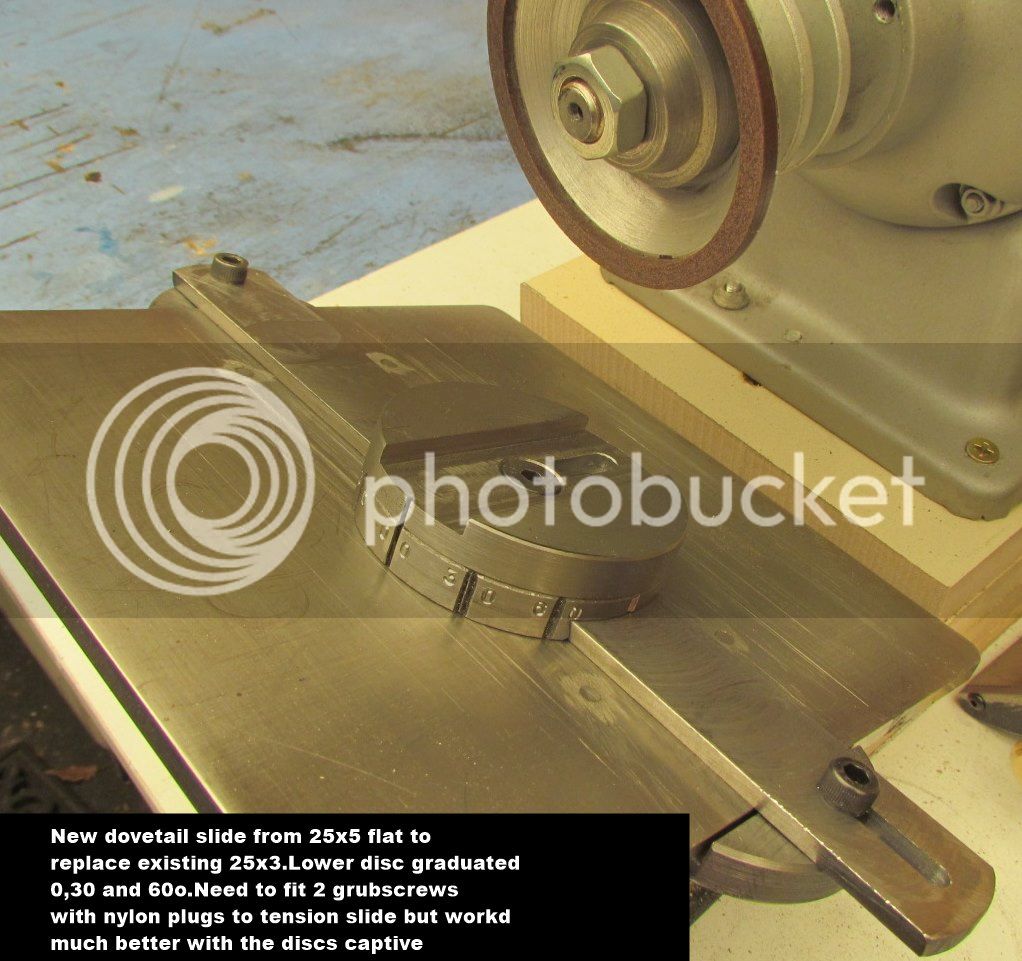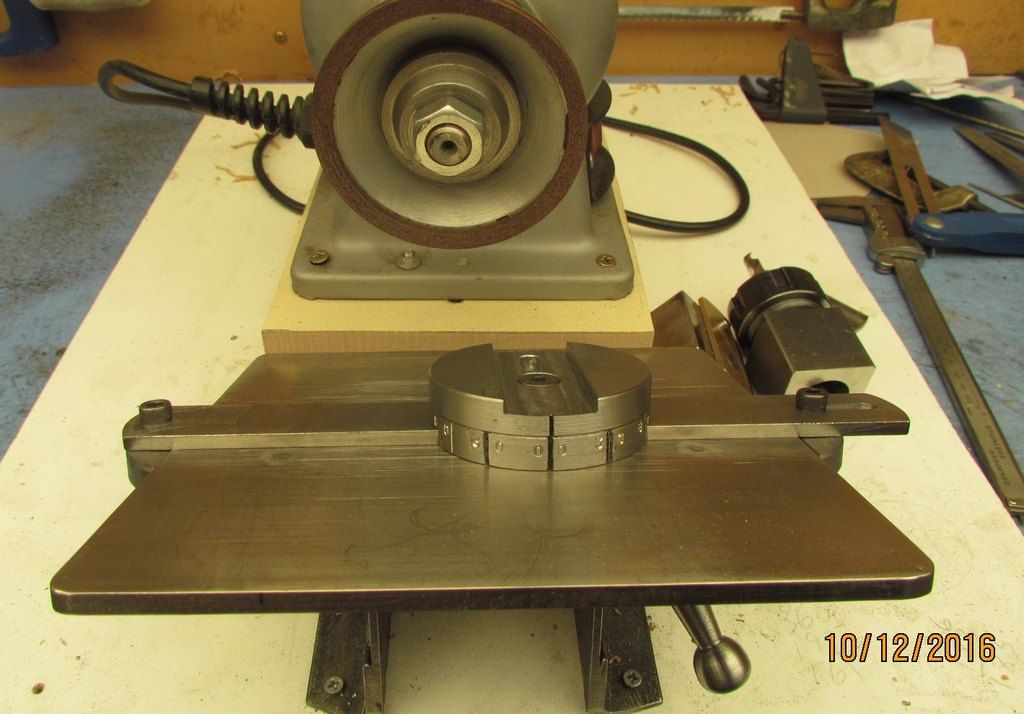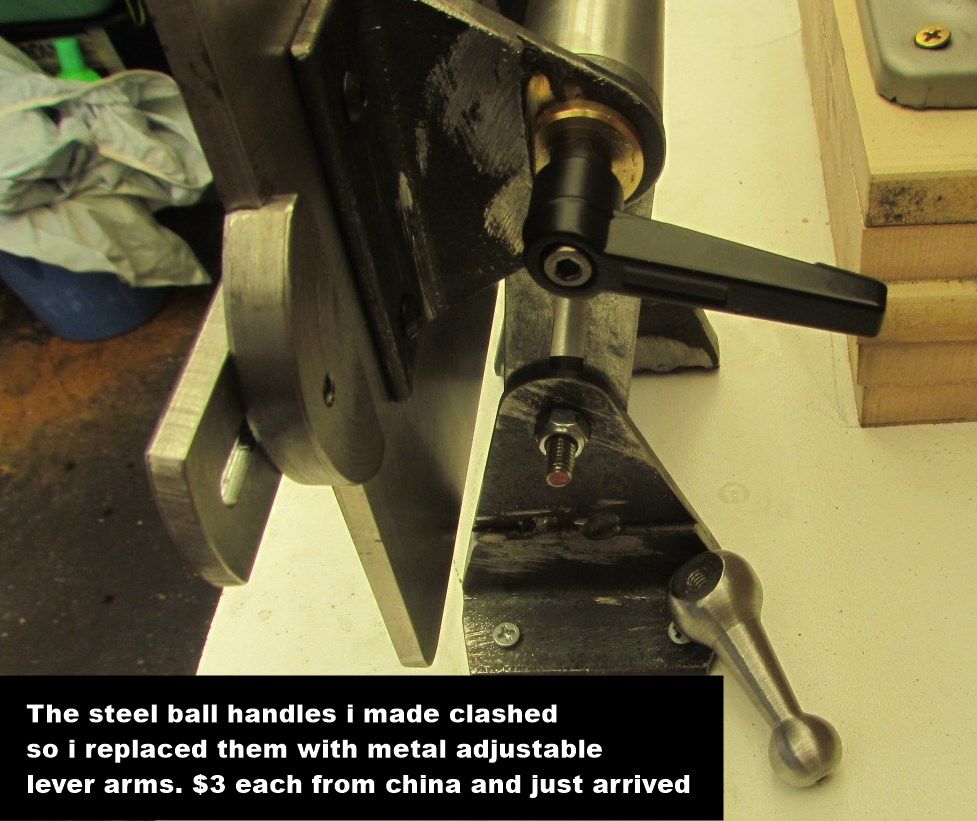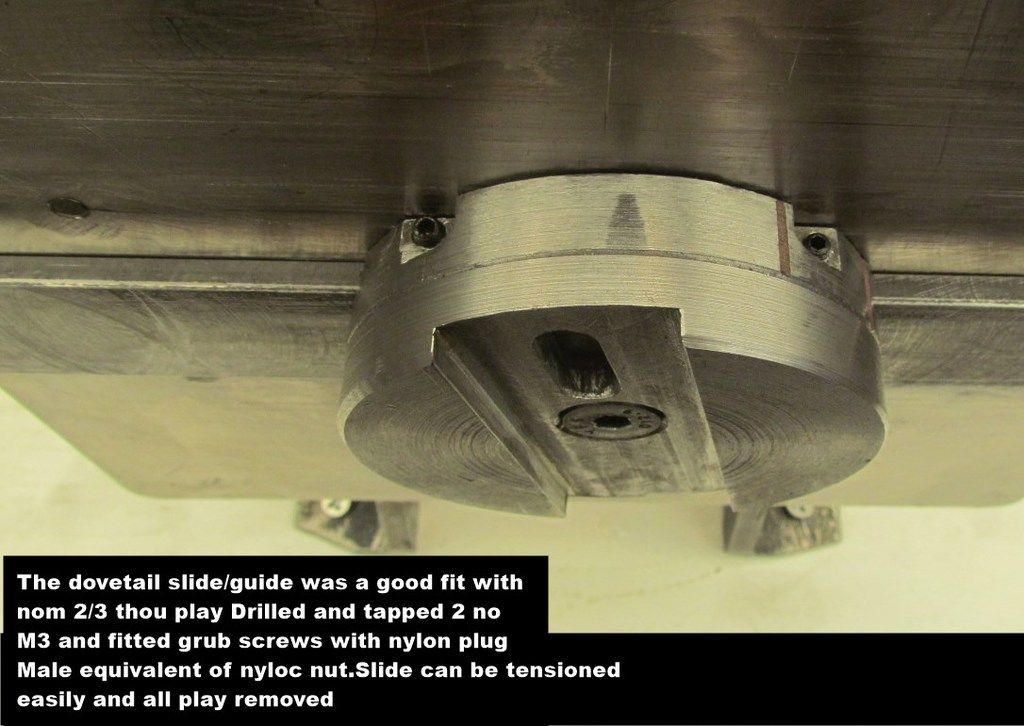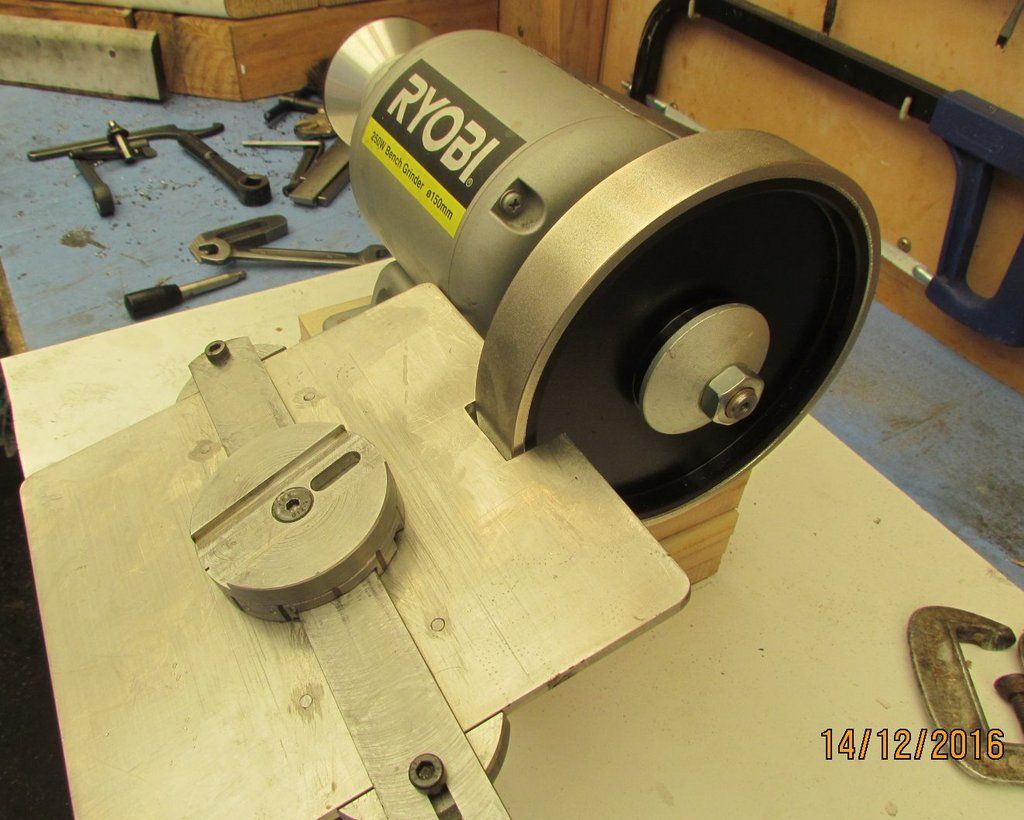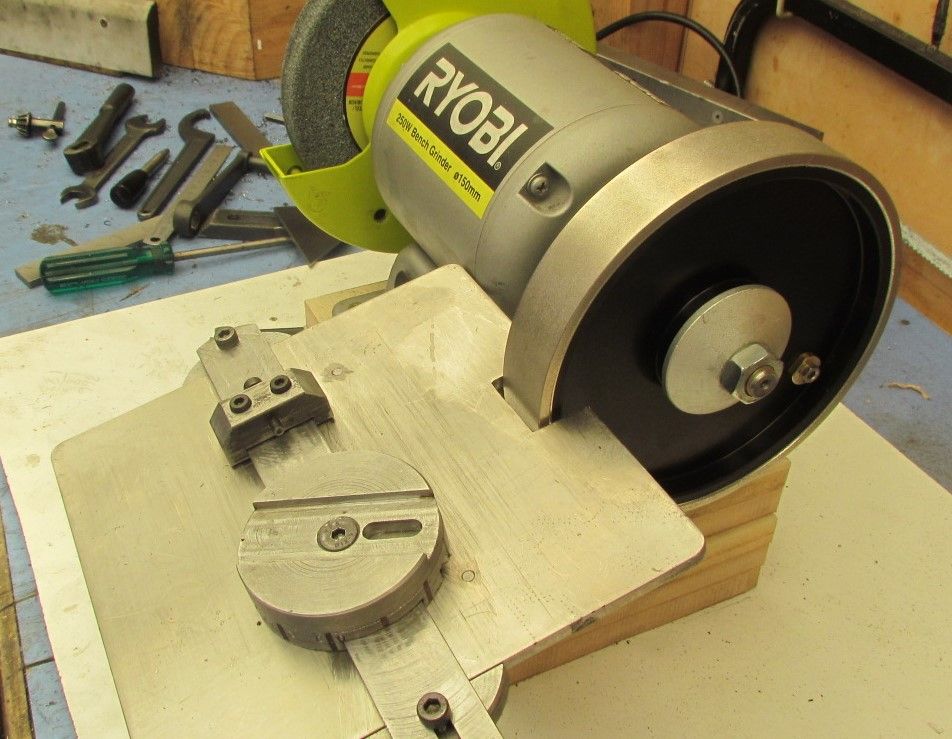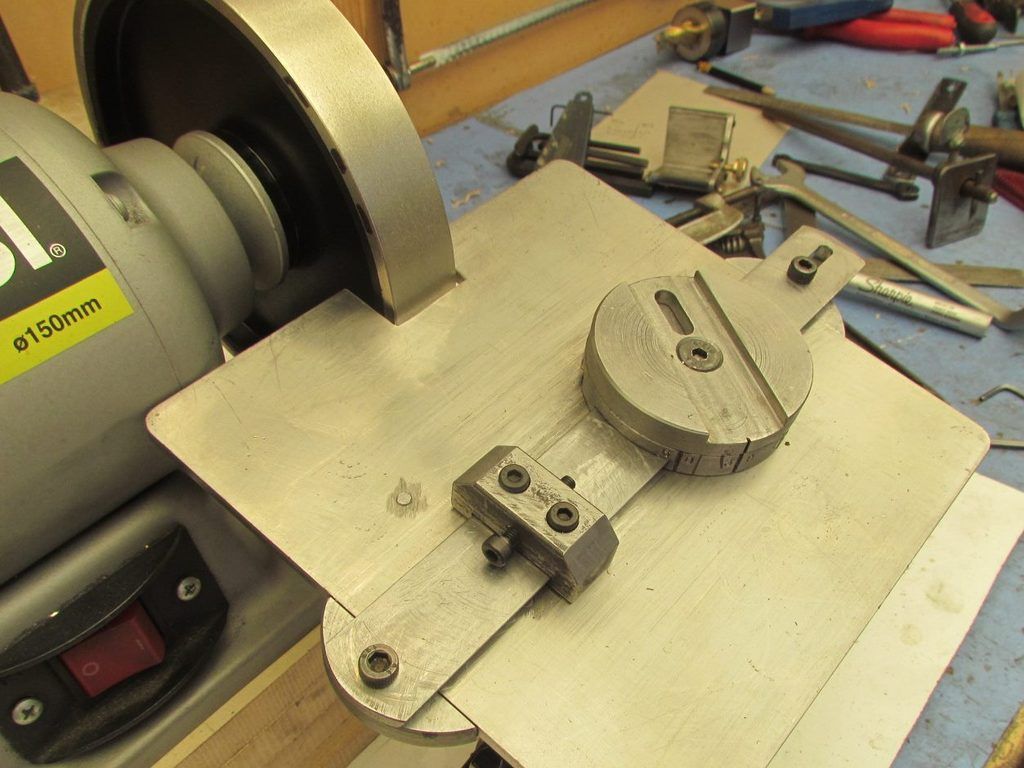goldstar31
Well-Known Member
Some shops consider diamond wheel for HSS bad taste.
Can't we give this 'affinity of carbon thing to iron' a rest? My knowledge of such matters has been trundled out since Sparey wrote about a pinch of diamond dust in the Amateurs Lathe way back - in the 1940's.
Frankly, it is something for those who have little to do but be contentious.
At the worst, a diamond disk whether it wears out or not is a matter of very small change. I spent more than a disk on a curry last night- and we all know how a curry behaves next morning:hDe:
Quite bluntly, if this is all that one's mind should be focussed, people should be pitied or laughed at.
In practical terms in what is NOT a factory but a HOME workshop, it will be far cheaper than going out and buying a series of abrasive wheels as an alternative.
Lets get on with the real practicalities- and avoid the ethereal views of a minority
And a Merry Christmas to All our readers
Norm









![DreamPlan Home Design and Landscaping Software Free for Windows [PC Download]](https://m.media-amazon.com/images/I/51kvZH2dVLL._SL500_.jpg)




















